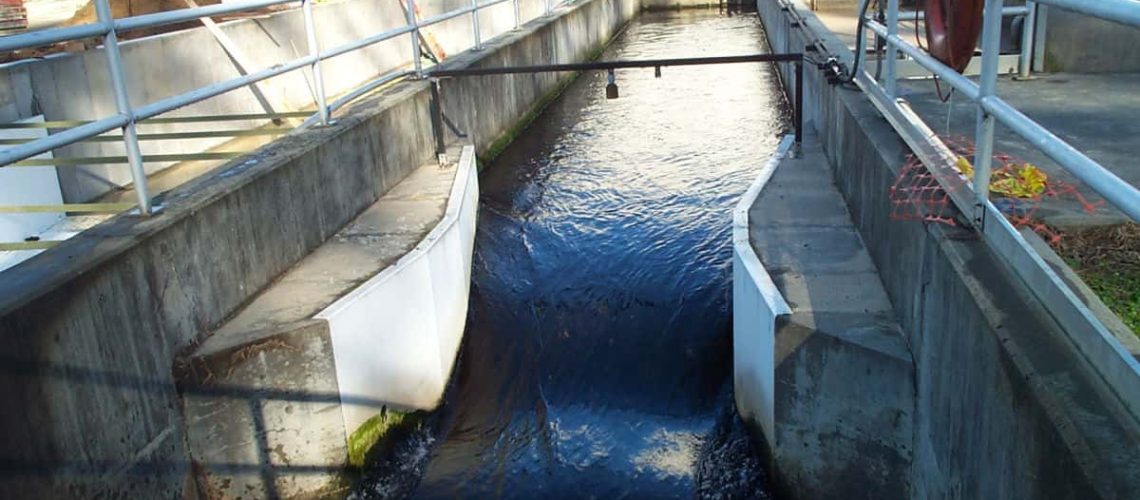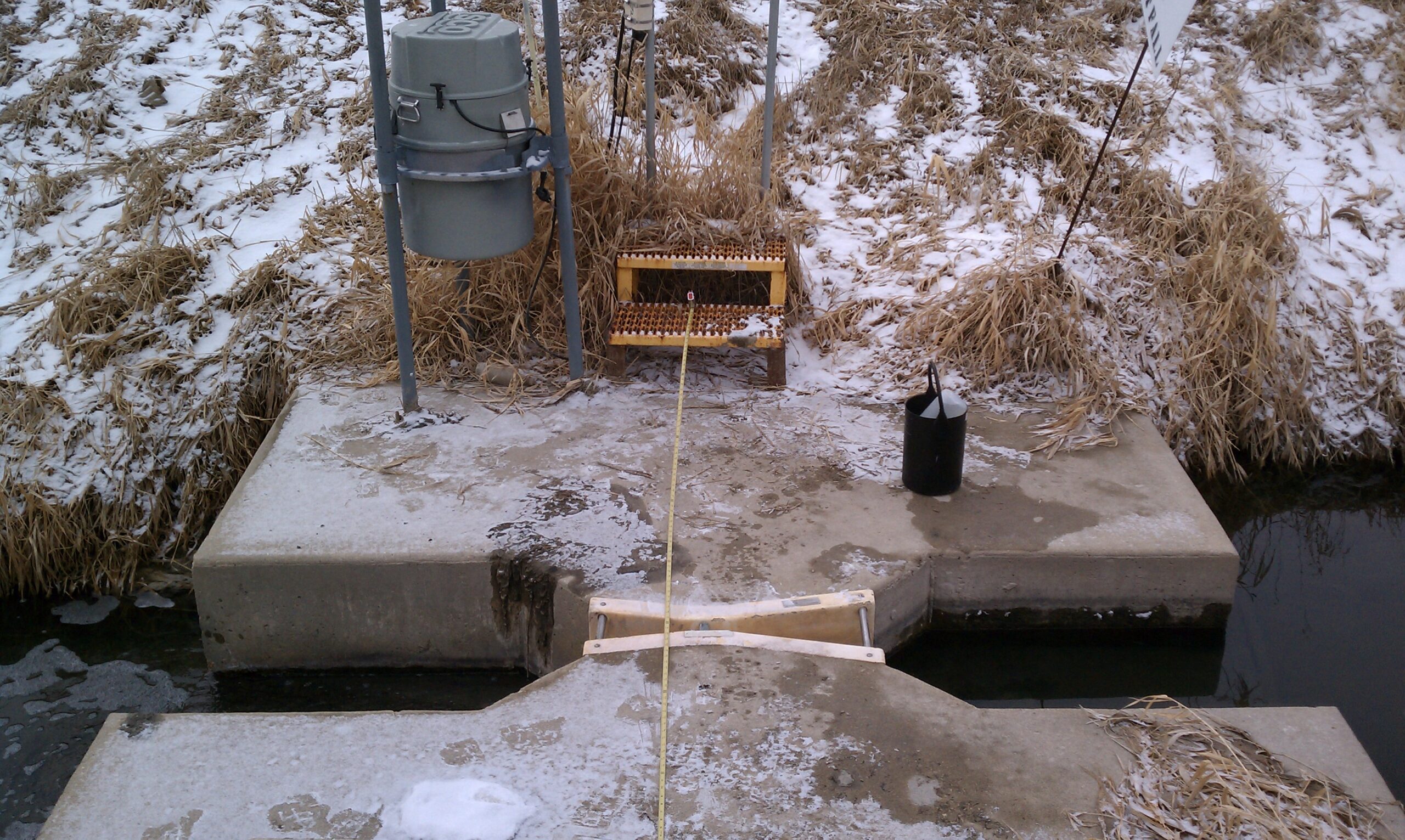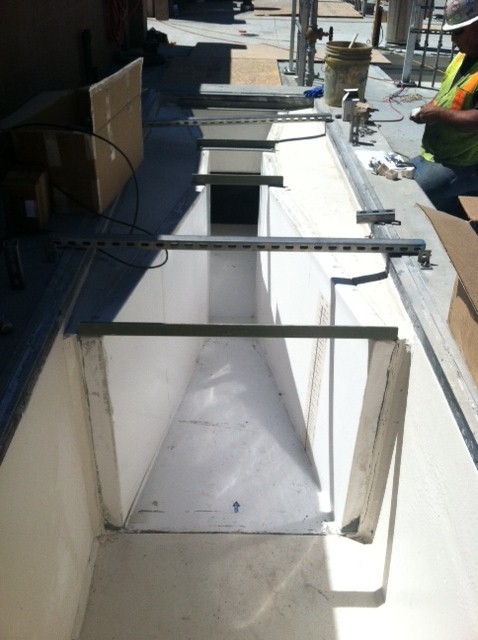The Parshall flume has been a popular choice for measuring flows in many areas since they were first produced over 80 years ago. This versatile device can be used to determine water rights, irrigation flumes, and even municipal sewage treatment plants all depending on how it’s configured with other devices or instruments!
Here are just six important facts you should know about this great piece of equipment:
- Parshall flumes are gravity-fed devices that measure the flow of water in open channels.
- They are named after John Parshall, who invented them in the early 1930s.
- Parshall flumes are often made from fiberglass or concrete, but can also be constructed from metals like aluminum or stainless steel.
- These flumes work by constricting the flow of water in an open channel, which causes an increase in velocity and pressure. Flow is then measured at specific points upstream (ha) and downstream (hb)of the constriction.
- Parshall flumes are used in a variety of industries and applications, including irrigation, municipal water treatment, and more.
- Parshall flumes are relatively simple to install, making them a popular choice for measuring water flows with minimal maintenance over time. Overall, they are an essential tool for any organization or facility that needs to reliably measure the flow of water in open channels.
Get an accurate flow measurement with the Parshall flume!
The Parshall flume is a short-throated flume that measures flow by gauging depth (head) at a specific point upstream. This makes it easy for operators to determine the flow by measuring the depth at this point but there are some drawbacks as well! If the flume was to become submerged, the second point of measurement would be needed in the troat. These two measurements can then be run through an algorithm to give you the correct flow. This is why it is important to design your system with a clear and open drain to prevent submergence.
The Parshall Flume Layout
Parshall flumes have three distinct sections.
- The flat bottomed converging inlet leads into the throat.
- The constricted parallel throat with a bottom falling away from the flat level inlet.
- The diverging outlet has a bottom that rises back up to just below the level of the inlet.
The point of measurement for the Parshall flume lies in the converging inlet at 2/3rds upstream from the throat measured along the sidewall. If the flume is submerged a second measurement is needed from inside the throat.
Flow Acceleration
The main purpose of a Parshall flume is to accelerate the flow as it goes from a subcritical state to a supercritical state, using that transition to take a measurement that can then be used to determine the rate of flow. It does this with its unique design that works to accelerate flow just enough to meet the transition requirements.
When you look at a Parshall from the top, you’ll see an hourglass shape and an extended throat section. Because the walls of the flume contract, the flow inside will be accelerated as it passes through. To assist with this, the flume also features a downward-sloping bottom, letting the flow gain additional acceleration from the drop. After the throat, the walls diverge, allowing the flow to slow down again before entering the downstream portion of the flow channel.
Efficiently measure the flow of water with Parshall flumes.
The only measurement required to determine the rate of flow under free-flow conditions is taken from the surface of the water to the flume’s floor at the single point of measurement.
Taking Measurements
Taking measurements with a Parshall flume under free-flow conditions is quite simple. You can get all the information you need from a single point of measurement. This point is the known level-to-flow relationship, and your measurement must necessarily be taken here in order to be accurate.
The point of measurement is designated in the equations as Ha. The measurement is a matter of calculating how deep the water is at that point. From that reading, you can then extrapolate the flow rate. You’ll find Ha located upstream of the flume about two-thirds of the sidewall length back from the point where the throat meets the converging section. Keep in mind, however, that the larger your Parshall flume gets, the closer to the throat Ha will be.
Compensating for Submergence
Submergence is a state in which the Parshall flume’s downstream conditions don’t allow for free flow as the flow exits the flume. You can easily tell when this is the case if your flume is underwater, but submergence can technically occur even when the entire flume isn’t literally submerged.
Parshall flumes are fairly adept at handling submergence with high transition ratios that get higher as you increase flume size. When you are dealing with submerged flow, however, you’ll need to take a secondary measurement at a point known as Hb and use a more complex flow rate equation.
Get accurate measurements even when downstream conditions are restricting the flow.
If downstream conditions restrict the flow from a Parshall flume, the second point of measurement must be used to correct the flow rates. Using both measurements in a provided equation will produce a corrected flow rate, up to a set submergence ratio, at which the flume can not be used.
The submergence ratio—the ratio of downstream to upstream levels—and the submergence transition—the point where the downstream conditions begin to restrict flow—generally range from 50-70 percent in Parshall flumes. Larger Parshall flumes are more resistant to the submergence effects.
Parshall flumes are a great way to measure the flow rate in an open channel. When designing a project that will use a fiberglass parshall flume, it is important to layout the flume correctly so that you can get accurate measurements. At Tracom, we have experience with both designing and installing parshall flumes for industrial applications. If you need help with your next open channel flow project, contact us today and let us show you how fiberglass flumes can help.





